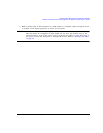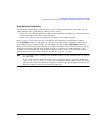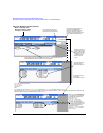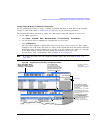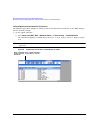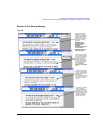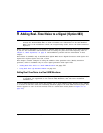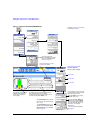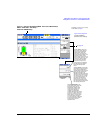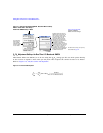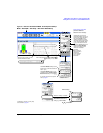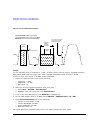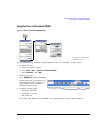
Agilent N5161A/62A/81A/82A/83A MXG Signal Generators User’s Guide 241
9 Adding Real–Time Noise to a Signal (Option 403)
NOTE For the N5162A the softkey menus and features mentioned in this guide are only available
through the Web–Enabled MXG or SCPI commands. For information on the Web-Enabled
MXG, refer to the Installation Guide, the Programming Guide, and to the SCPI Command
Reference.
Before using this information, you should be familiar with the basic operation of the signal generator.
If you are not comfortable with functions such as setting the power level and frequency, refer to
Chapter 3, “Basic Operation,” on page 41 and familiarize yourself with the information in that
chapter.
This feature is available only in N5162A/82A Agilent MXG Vector Signal Generators with Option 431.
Option 431 requires Option 651, 652, or 654.
This chapter contains examples of using the additive white gaussian noise (AWGN) waveform
generator, which is available only in vector signal generators with Option 403.
• Adding Real–Time Noise to a Dual ARB Waveform
on page 241
• Using Real Time I/Q Baseband AWGN on page 247
Adding Real–Time Noise to a Dual ARB Waveform
NOTE The procedures in this section that pertain specifically to adding Real–Time Noise (AWGN) to
a waveform, are applicable to the Custom ARB, Multitone, and Two–Tone modulation
standards too.
A vector signal generator with option 403 enables you to apply additive white gaussian noise (AWGN)
to a carrier in real time while the modulating waveform plays in the dual ARB waveform player. This
feature appears in each of the arb formats and as a stand–alone menu (Refer to Figure 9-7 on
page 247).



